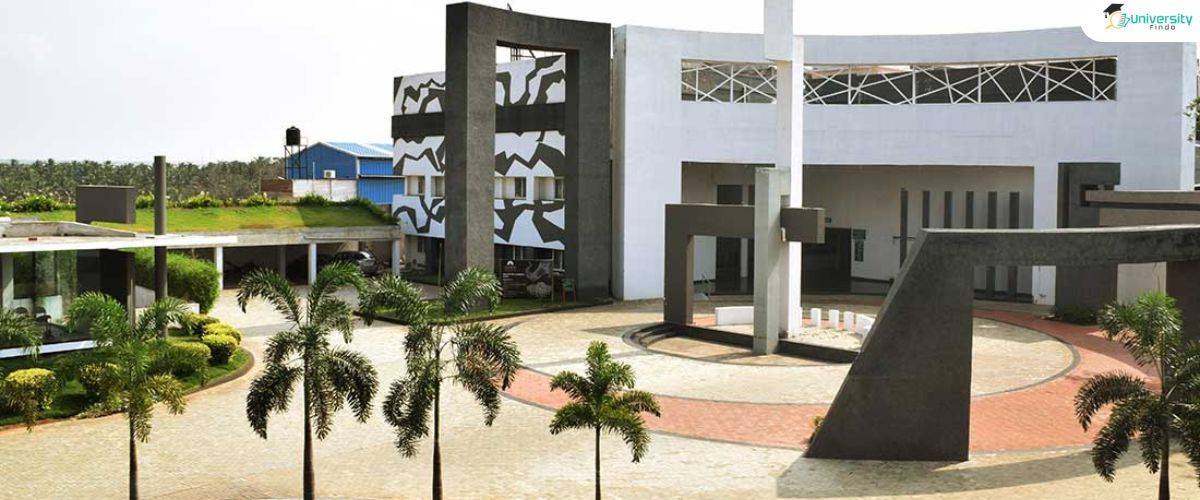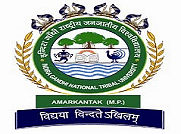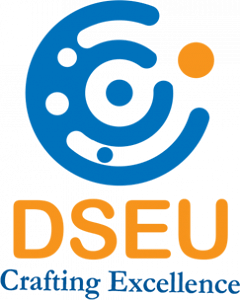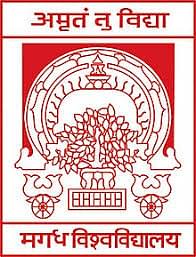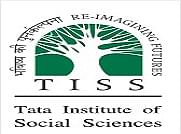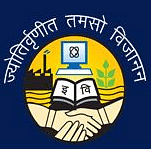Introduction to Master of Fine Arts (MFA)
The Master of Fine Arts (MFA) is a course taught in the best Master of Fine Arts universities of India which is a postgraduate degree program
designed for students who wish to pursue advanced study and practice in various
forms of visual and performing arts, creative writing, filmmaking, or design.
It is considered a terminal degree in fields related to the arts, meaning it is
the highest level of academic achievement in those disciplines.
Here are some key features and components of the Master of Fine Arts
program:
Studio
or Workshop Practice: The core of the MFA program typically involves
studio or workshop-based practice, where students engage in hands-on creative
work under the guidance of faculty mentors and visiting artists. They have
access to specialized facilities, equipment, and resources to explore and
experiment with various techniques, mediums, and approaches in their chosen
discipline.
What is the eligibility process to gain admission to the Master of Fine Arts (MFA)?
The eligibility process for admission to a Master of Fine Arts (MFA)
program can vary depending on the institution offering the program and the
specific requirements of the program itself. However, here are some common
eligibility criteria and steps involved in the admission process for MFA
programs:
v Bachelor's Degree:
Typically, applicants are required to have completed a Bachelor's degree from
an accredited institution. While some MFA programs may specify a Bachelor's
degree in a related field such as fine arts, creative writing, film studies, or
design, others may accept applicants from diverse academic backgrounds.
What is the admission process for the Master of Fine Arts
(MFA)?
The admission process for a Master of Fine Arts (MFA) at the best affordable university in India program typically involves several steps, including
preparing application materials, submitting the application, and possibly
participating in interviews or auditions. Here's a general overview of the
admission process for MFA programs:
What is the syllabus for the Master of Fine Arts (MFA)?
The syllabus for the top Master of Fine Arts (MFA) university in India can vary significantly depending on the institution offering the
program, the specific discipline or focus area within the arts, and the
individual faculty members' expertise and interests. However, here's a general
overview of the types of courses and topics that may be included in an MFA
program syllabus:
What are the scopes after the Master of Fine Arts (MFA)?
After completing a Master of Fine Arts (MFA) degree at an affordable university in India, graduates have a wide range of career opportunities available to
them in various sectors of the arts, culture, education, and creative industries.
Here are some common scopes and career paths for MFA graduates:

